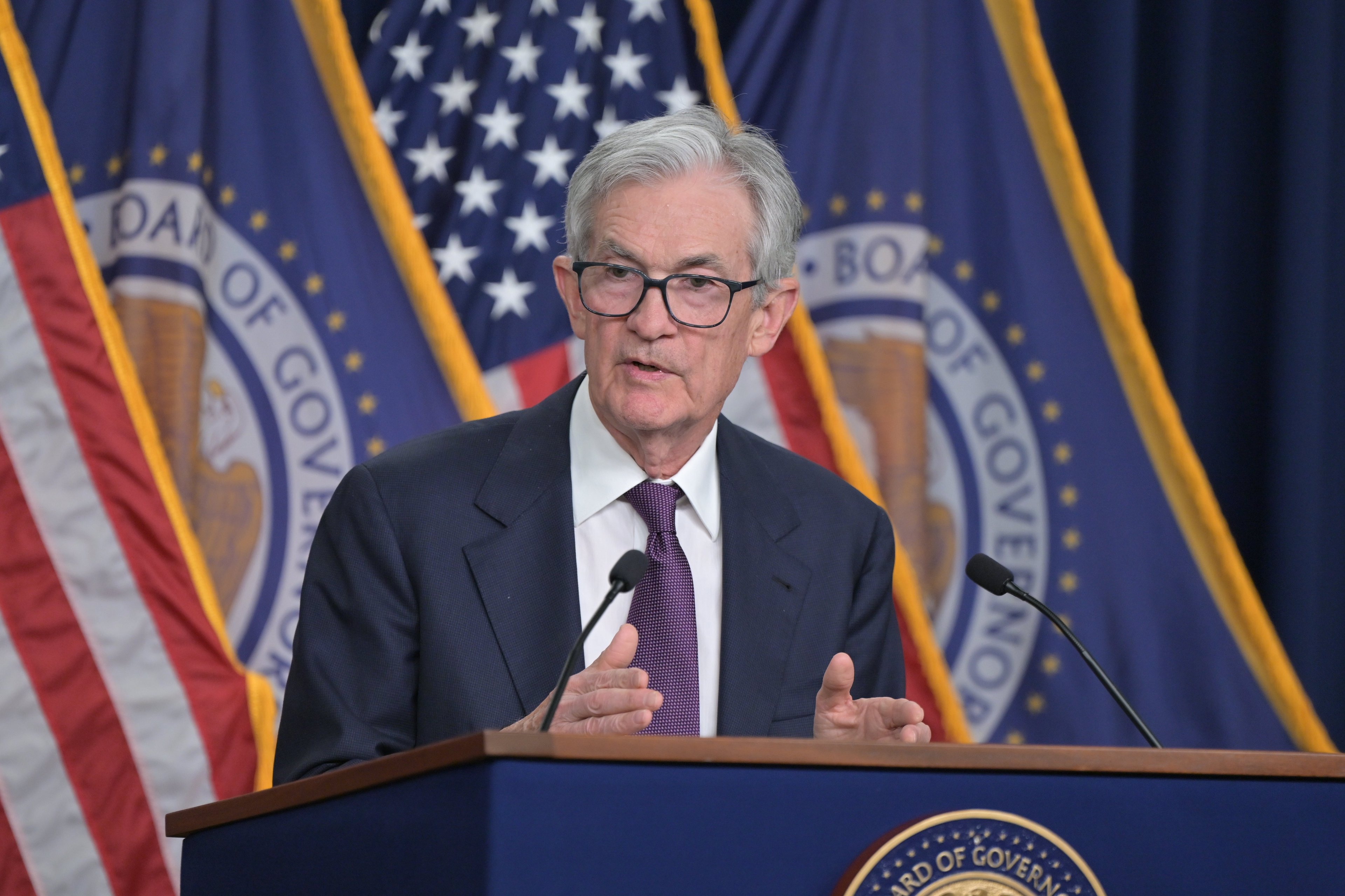Yesterday the Department of Commerce released trade balance numbers for June, revealing a $34.2 billion deficit. The sudden and largely unforeseen 22.4% decrease brings the deficit far below May's revised $44.1 billion trade shortfall. The U.S. trimmed its monthly deficit by the most efficient method: importing less and exporting more.
Understanding the trade balance
The trade balance, reported monthly, represents the difference between what we sell to other countries (exports), and what we buy from overseas (imports). When a country imports more than it exports, the trade balance is negative and there's a trade deficit. The U.S. has been a net importer for decades. The trade balance takes both goods and services into consideration; Americans are typically net importers of goods, but we've actually been net exporters of services for more than 20 years.
Those dynamics didn't change in June, although the deficit did fall big-time, with exports jumping $4.1 billion from May while imports slipped by $5.8 billion.
The increase in exports was largely driven by just a few areas: Industrial supplies and materials, capital goods, and consumer goods each saw exports rise by $1 billion or more in the month. The biggest decreases in imports came from two of the same areas, with demand for industrial supplies and consumer goods alone slipping by more than $4 billion total. The services trade balance barely changed from May to June.
Lowest deficit since October 2009
Economists, like weathermen, are fortunate that their professions don't require them to be accurate. True to form, they just didn't see this one coming. Most expected a deficit closer to $43 billion, missing the mark by about $9 billion. Maybe next time, folks.
A low trade deficit isn't inherently a good thing or a bad thing, though in recent years low trade deficits have come in times of economic turmoil and uncertainty. The last time the trade deficit was this low was October 2009, but before February 2009 -- when the country was in the pits of the recession with no promising signs of recovery -- the U.S. hadn't seen a monthly trade deficit this low since July 2002, in the aftermath of the dot-com bubble. The S&P 500 (^GSPC 0.03%) was months away from multiyear lows that wouldn't be seen again until the dark times of February 2009. Snapshots of the broader economy at these times show a gloomy picture: In July 2002 the jobless rate had risen by nearly 2% in just 17 months, and February 2009 saw a miserable 8.3% unemployment rate that would soon run up to the double digits.
That said, because the trade balance is used in calculating gross domestic product, Tuesday's news should actually have a slightly positive impact on the widely quoted indicator. Both Goldman Sachs and Barclays raised their forecasts for second-quarter growth after the announcement. Counterintuitively, the strength in trade numbers actually sent the market lower Tuesday, as Wall Street feared the rapidly narrowing trade gap would give the Fed another reason to start pulling back on quantitative easing sometime this year. The S&P lost about 0.6% Tuesday, slipping below the psychologically important (and fundamentally meaningless) 1,700 level on the Fed fears.






